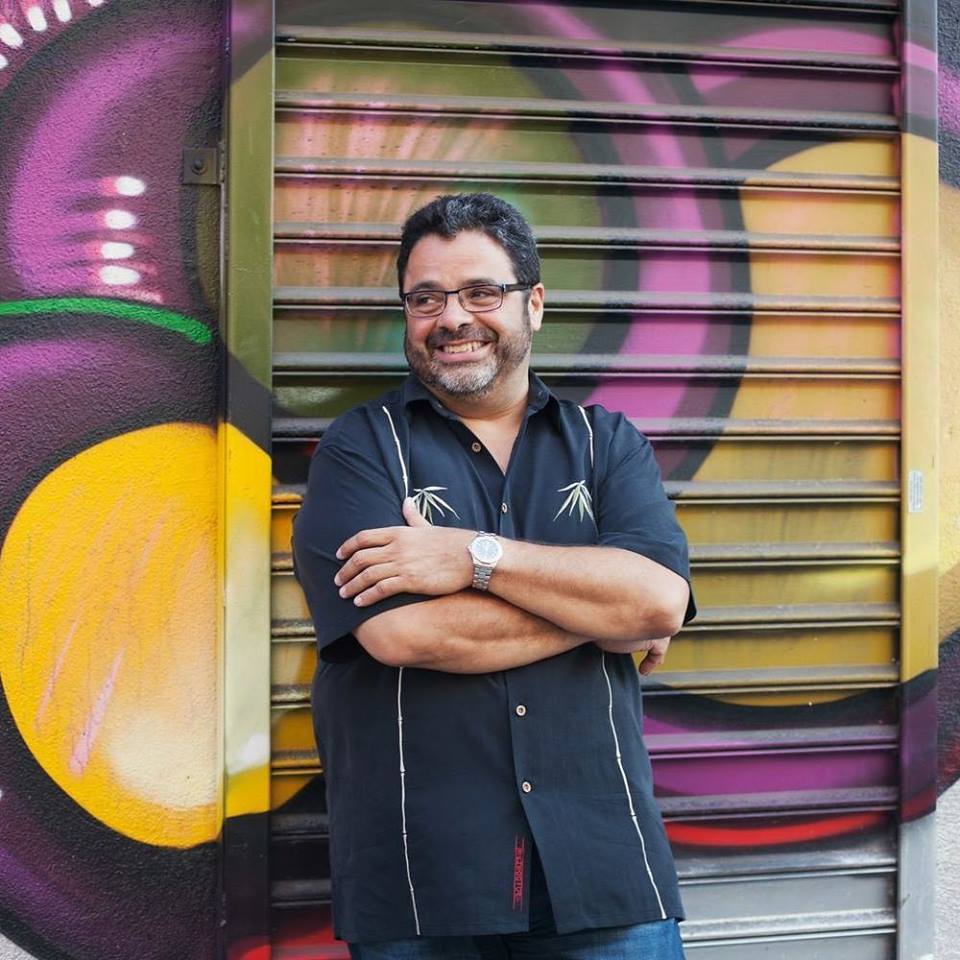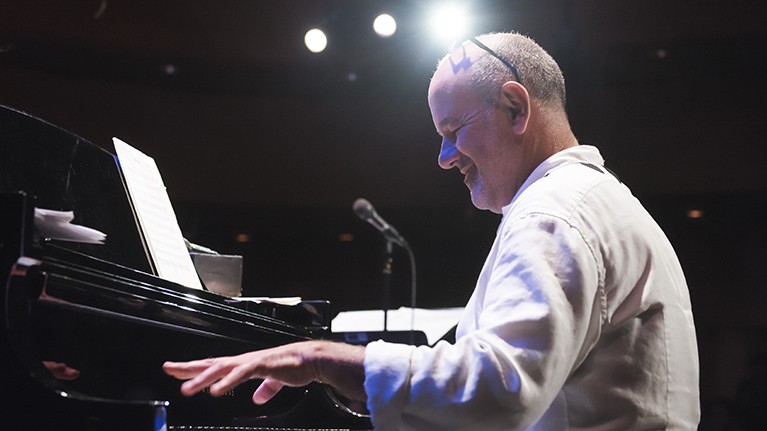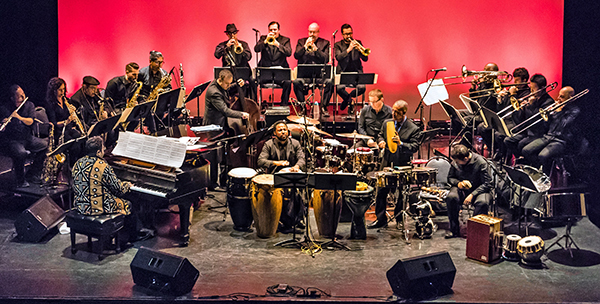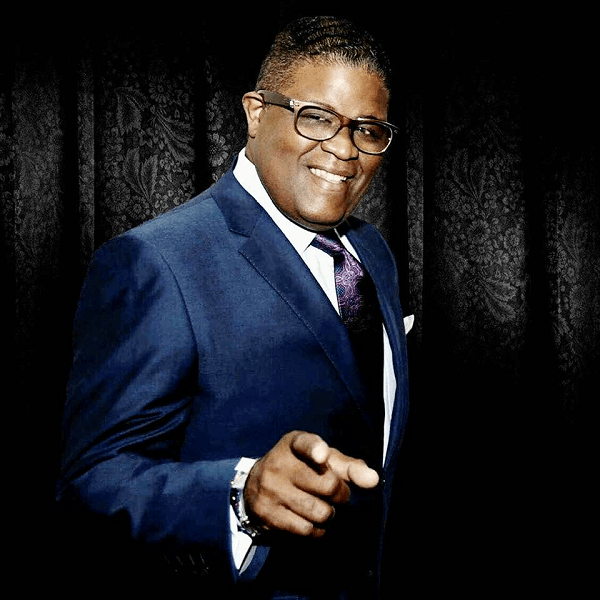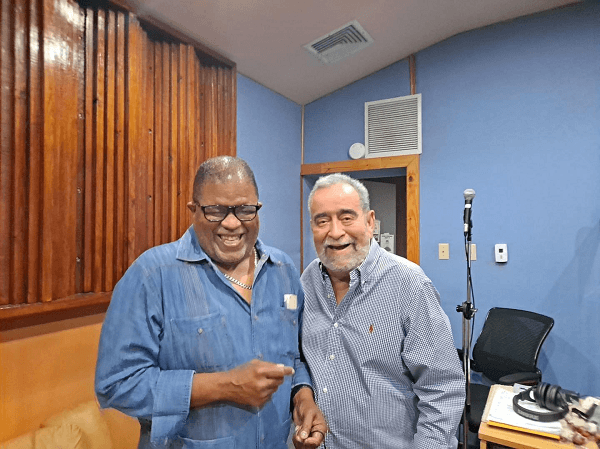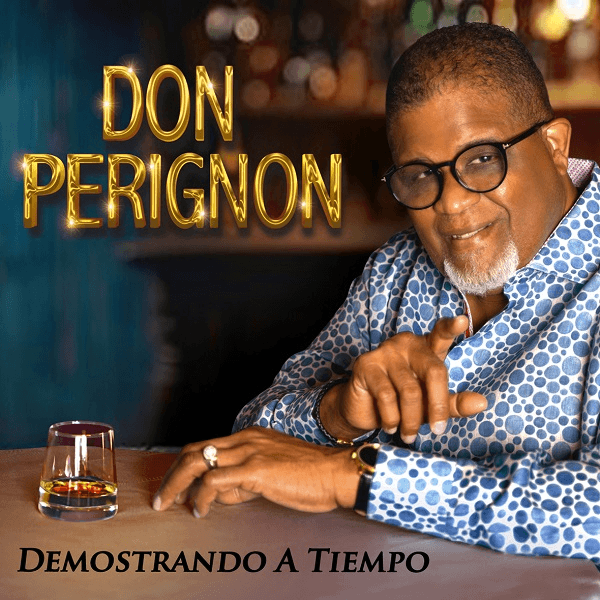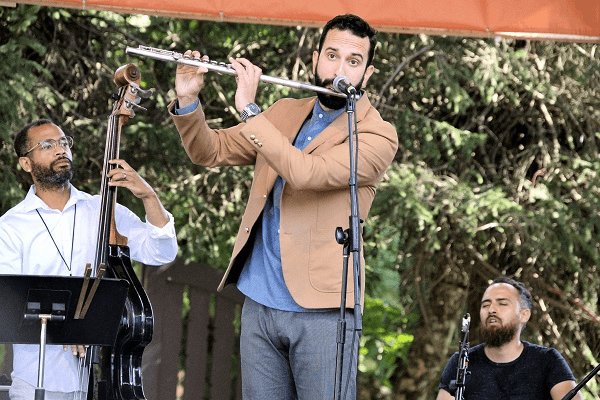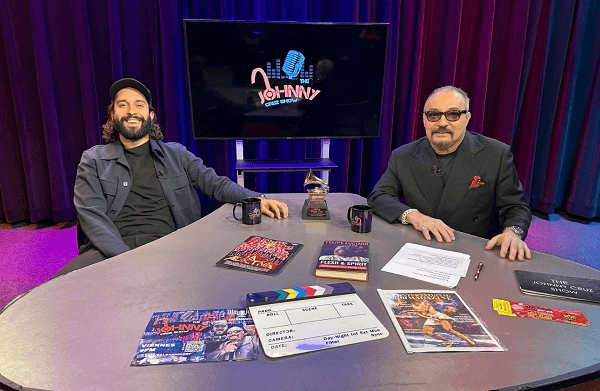Latinos and their music have managed to conquer all types of spaces over time thanks to their talent and dedication, and one of them has been The NAMM Show, which is the event to which we are going to dedicate the next lines to be read.
The NAMM Show is an annual trade fair for music producers from all over the world which is organized by The National Association of Music Marchants (NAMM) and is intended to receive suppliers, distributors, social communicators, artists and guests from NAMM member companies. The event takes place in January of each year at the Anaheim Convention Center in California, United States, and the 2024 edition took place between January 23 and 35.
Among the main reasons for the realization The NAMM Show we can mention the promotion of the music industry and the producers offered to consumers anywhere on the planet, which makes it a very important space for anyone who wants to have a place in this highly competitive business.
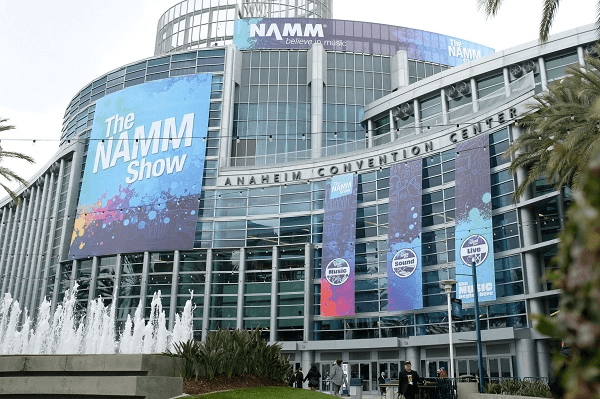
The National Association of Music Merchants
Before delving into what The NAMM Show is, we think it is appropriate to talk about the organization in charge of realizing it and what exactly it does.
The National Association of Music Merchants is a non-profit association that focuses on promoting the advantages and benefits of music and seeks to strengthen the marketing of music products in general as much as possible.
The association was founded in 1901 under the name of The National Association Piano Dealers of America, but since it had much more ambitious aims for the future, the name was changed to NAMM. Today, NAMM and its trade shows function as a meeting center and bank of information for all who wish to stay abreast of the very latest in music products, recording, sound, among other things. However, it is important to note that activities and courses created by NAMM were offered to interested parties of all ages and musical backgrounds.
An important division of Namm that must also be mentioned is The NAMM Foundation, which is a subdivision founded in 2006 of the aforementioned organization that seeks to promote active participation in the creation of music making use of scientific research, donations and public service. A very important element of The NAMM Foundation is that it relies on the generosity of industry members and is based on donations and trade association activities.
This foundation provides opportunities for people of all ages, funding scientific research in music and music education.
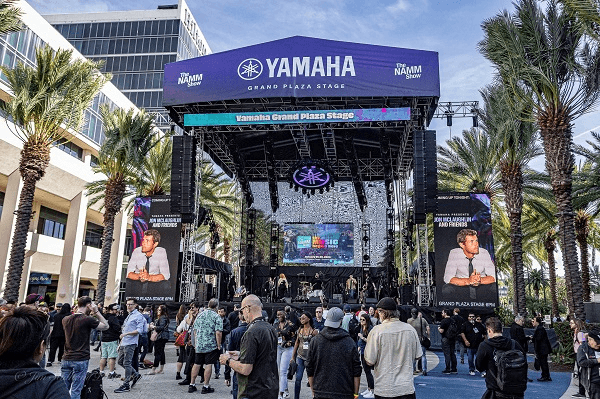
The NAMM Show
The NAMM Show is considered as one of the largest trade shows in the music industry to be found on a global level and the most important producers, distributors, artists, record labels, music entrepreneurs and accredited members of the media get together every year at this lavish event to promote everything it has to offer to its audience.
All who enters The NAMM Show will see vendors displaying all kinds of products in stands, allowing traders and producers present to keep up with the latest in music, reach all types o agreements and make purchases of what they need for the next few months of work. In addition to that, the event draws renowned musicians, who also exhibit their own models and equipment to those who may want to acquire them.
Among some important facts about The NAMM Show, we can mention that 2018 was very important for the event, as it was the year in which it began to be held at the Anaheim Convention Center, joined the Audio Engineering Society and organized the Parnelli Awards, which are the prizes that reward all those professionals and companies that work behind the scenes so that everything works such as lights, effects, projection, among other areas.
Three years later, The NAMM Show was not held in January due to the Covid-19 pandemic, so instead, NAMM held a virtual meeting which it named ”Believe In Music Week” starting on January 18 and had over 500,000 views from the general NAMM membership. While it is true that this event was about The NAMM Show every year, its purposes were very similar, as it sought to answer the immediate needs of the companies that are part of NAMM through training for opinion leaders who lead each of the music industry segments, especially at a time as complicated as those experienced back then.

Last events of The NAMM Show
Once the pandemic began to decline, fortunately the event was again held at the Anaheim Convention Center in 2022 with a three-day trade show that compensated perfectly for the previous year’s lockout.
In 2023, the trade show held in April of that year welcomed more than 46,700 attendees from more than 120 countries and more than 1,200 exhibitors representing more than 3,000 brands overall, making it one of the largest and most beat-attended editions in recent years. This is not surprising due to the quarantine.
As for this year’s edition, the event had a number of 1600 stands offering their music products, 3500 brands and about 62,000 attendees.
Read also: Gabriel from the band Changüí Majadero talks about traditional Cuban Music
